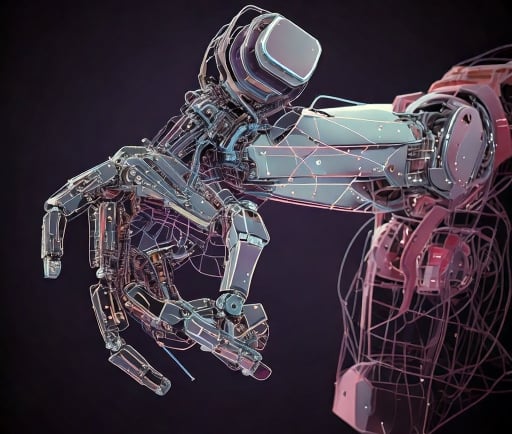Revolutionizing Cancer Treatment: The Emergence of Histotripsy for Liver Tumors


Understanding Histotripsy
Histotripsy represents a groundbreaking advancement in the treatment of liver tumors. This innovative, non-invasive therapy employs a robotic machine that harnesses ultra-precise sound waves to target and destroy cancerous tissue. By focusing on the tumor, histotripsy provides a solution that eliminates the need for traditional methods such as needles, radiation, or surgery, making the treatment process less invasive and more patient-friendly.
The Mechanism Behind Histotripsy
The efficacy of histotripsy lies in its ability to generate high-intensity ultrasound waves that create localized cavitation bubbles. When these bubbles collapse, they produce powerful jets that effectively disrupt and destroy tumor tissue while sparing surrounding healthy cells. This precision not only enhances patient safety but also optimizes the effectiveness of the treatment. As clinicians increasingly adopt histotripsy, its role as a pivotal tool in the fight against liver tumors continues to expand.
Benefits of Histotripsy in Cancer Treatment
Histotripsy offers numerous benefits that set it apart from conventional cancer treatment methods. First and foremost, its non-invasive nature significantly reduces the risk of complications often associated with surgeries. Patients frequently experience shorter recovery times and less post-treatment pain, leading to improved overall satisfaction and quality of life. Additionally, histotripsy's ability to target tumors precisely ensures that critical organs and tissues remain unharmed during the treatment process.
Furthermore, the flexibility of histotripsy allows it to be employed as either a standalone treatment or as an adjunctive therapy alongside other treatment modalities, enhancing its versatility in diverse clinical scenarios. As ongoing research reveals more about histotripsy's potential, the medical community is excited about its implications for treating a variety of tumors beyond the liver.
The Future of Histotripsy
As technologies advance and more clinical trials validate the effectiveness of histotripsy in liver cancer therapy, it is poised to play a transformative role in oncology. With its ability to minimize patient discomfort while maximizing treatment outcomes, histotripsy exemplifies the shift toward more humane and effective cancer care.
In conclusion, histotripsy's promise for the future of liver tumor treatment is undeniable. As healthcare professionals embrace this revolutionary non-invasive tool, patients can look forward to more personalized, efficient, and ultimately life-saving options in the battle against cancer.
